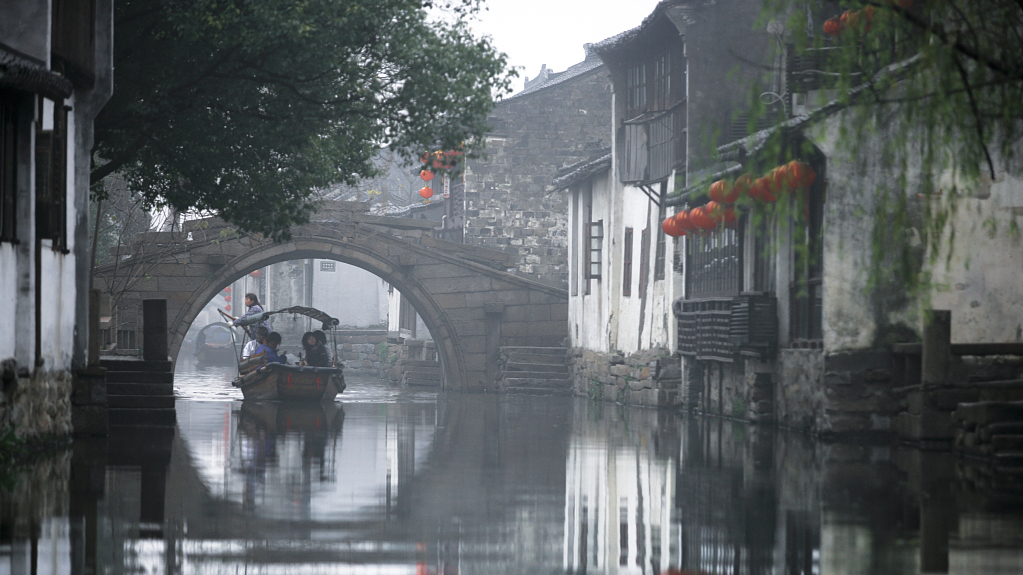
Travel
10:39, 05-Jun-2019
Suzhou: An ancient city's new allure
CGTN

Cultural development and overseas promotions are fueling Suzhou's inbound tourism.
Gu Zhenhong moved gracefully to the soothing traditional Chinese music onstage at a hotel in Jiangsu province's Suzhou in late May.
Gu wore white silk clothes as he worshiped herbs before lighting them like incense. Wisps of smoke danced around him, filling the air with a pleasant aroma.
"I'd like to spend the rest of my life producing herbs," says Gu, who runs a herbal-culture center in the city.
Gu regularly interacts with travelers from abroad since Suzhou's cultural development and overseas promotion have drawn a growing number of inbound tourists.
Most come from Germany, France, the United Kingdom, and Russia. They often visit in groups of six or eight, he says.
Gu's recent performance is part of the city government's strategy to add new cultural experiences and elements to enhance Suzhou's charm.
Various evaluations and competitions have been staged to discover folk arts that appeal to overseas travelers.
Suzhou launched a campaign in 2014 that invited North American travel agencies, experts and celebrities to experience the city and engage with their considerable followings on social media. Nearly 140,000 North Americans visited Suzhou last year, an increase of 67 percent over 2014, the local culture, radio, TV, and tourism bureau reports.
It's easy for international travelers to reach since it's a rough half-hour high-speed rail trip from Shanghai Hongqiao International Airport.
Suzhou's canal networks have earned it the nickname, "the Venice of the East" and its abundance of ancient gardens also make it "China's Eden." Eleven sites along its canals and nine classical gardens have made the UNESCO World Heritage List.
The city received more than 1.8 million inbound tourists, who spent at least one night, in 2018, compared with 1.76 million the previous year.
Source(s): China Daily

SITEMAP
Copyright © 2018 CGTN. Beijing ICP prepared NO.16065310-3
Copyright © 2018 CGTN. Beijing ICP prepared NO.16065310-3